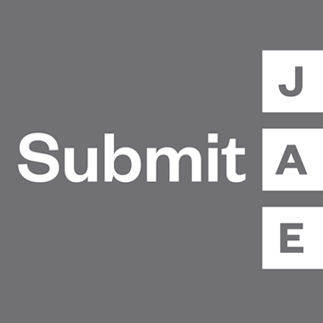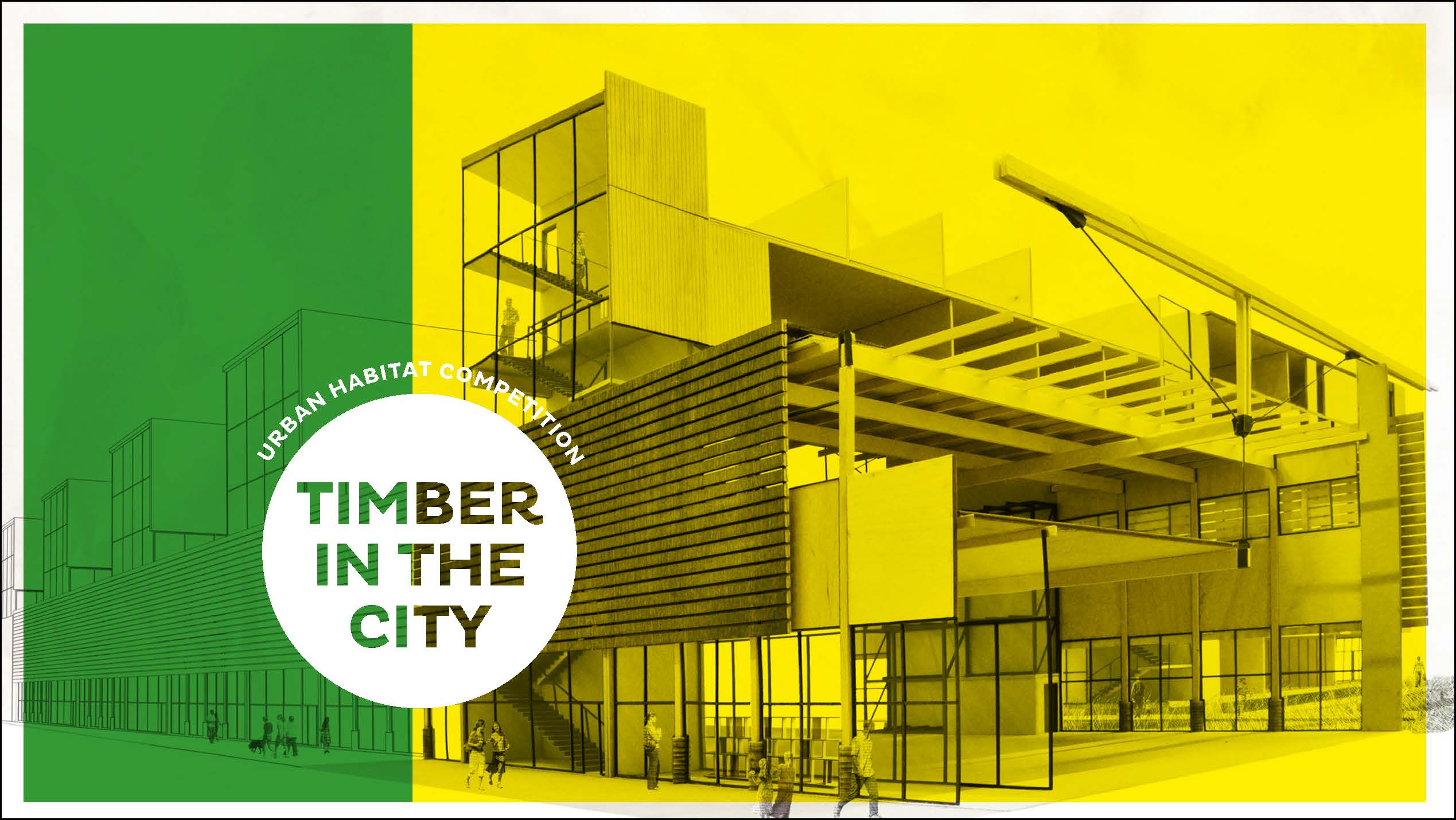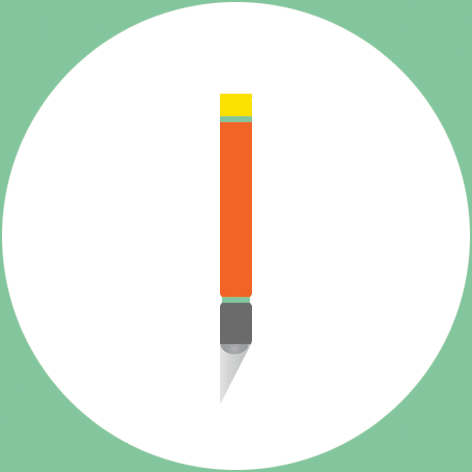Mirror Mirror, the award winning entry in the 2013 Streetfest competition designed by Davidson Rafialidis, was installed at the Bowery in New York City on May 30 for IDEAS CITY 2015: http://www.ideas-city.org/#event/mirrormirror . The tents are in the collection of the New Museum.
Assistant Professor of Architecture and Urban Design Shannon Bassettdelivered a lecture of her design work and research at the Peking University College of Architecture and Landscape Architecture in Beijing in June 2015. The lecture was entitled ‘Weaving Relationships between Ecologies and the Constructed Environment – Catalysts for Urban Development – Design Strategies at the Intersection of Architecture, Urban Design and Ecology’.
Stephanie Cramer is teaching construction at the annual summer Design Workshop Program at Parsons in 2015.
Miguel Guitart, PhD, Visiting Associate Professor at the Department of Architecture at the University at Buffalo, has co-edited the book Emak Bakia! Design Processes Around Man Ray’s Emak Bakia House. The book is the result of a Research Studio around the documentary film Emak Bakia! (Basque for Leave me alone!) in Biarritz, France, that took place in the academic course 2013-2014 at the School of Engineer and Architecture at the University of Zaragoza. The book, co-edited by Iñaki Bergera, Eduardo Delgado Orusco, Miguel Guitart, Jesús Leache and Ana Morón, has contributions of famous Spanish writer Bernardo Atxaga and film maker Oskar Alegria, and has been published by TC Cuadernos.
Edward Steinfeld, director of the IDeA Center, received the James Haecker Lifetime Achievement Award, an award that recognizes individuals who have made outstanding contributions to the growth of the research culture of architecture and related fields. He gave a keynote presentation during the ceremony.
IDeA Center staff shared their research at various conferences including the American Occupational Therapy Association (AOTA), Architectural Research Centers Consortium (ARCC), Environmental Design and Research Association (EDRA), and Rehabilitation Engineering and Assistive Technology Society of North America (RESNA). The list of presentations includes:
Architectural Research Centers Consortium (ARCC) Annual Conference, 2015 in Chicago
Title: Effectiveness of Design Standards in Improving Residence Hall Usability and Satisfaction
Author(s): Jonathan White, Sue Weidemann, Elyse Skerker and Edward Steinfeld
Presenter(s): Jonathan White and Edward Steinfeld
Title: Universal Design in Architectural Education: Who is Doing It? How is it being done?
Author(s): Megan Basnak, Beth Tauke, and Sue Weidemann
Presenter(s): Megan Basnak
AOTA 95th Annual Conference & Expo, 2015 in Nashville
Poster Session: A Cross-Sectional Study Comparing the Usability of Two ATMs Across Diverse User Groups (PO 1092)
Presenter(s): Jim Lenker and Brittany Perez
Environmental Design and Research Association (EDRA) Annual Conference, 2015 in Los Angeles
Title: A Multidisciplinary Survey of Home Modification Professionals: A Snapshot on the State of Practice
Author(s): James Lenker, Danise Levine, Karen Kim, and Sue Weidemann
Presenter(s): Karen Kim
Title: Factors Influencing Walking Behavior in Older Adults: The Impact of Environmental Perceptions, Personal Characteristics, and Neighborhood Type
Author(s): Jordana Maisel
Presenter(s): Molly Ranahan
Title: An Exploratory Study of Long Term Care Concerns in the LGBT Community in Western New York
Title: Addressing the Needs of Older Adults in Public Rightsof-Way: An Opportunity to Promote Independence, Social Participation, and Active Living
Author(s): Molly Ranahan
Presenter(s): Molly Ranahan
Title: Effectiveness of Design Standards in Improving Residence Hall Usability and Satisfaction
Author(s): Jonathan White, Sue Weidemann, and Elyse Skerker
Presenter(s): Elyse Skerker and Sue Weidemann
Rehabilitation Engineering and Assistive Technology Society of North America (RESNA) Annual Conference, 2015 in Denver
Title: Effectiveness of Design Standards in Improving Residence Hall Usability and Satisfaction
Presenter(s): Jonathan White and Edward Steinfeld
Author(s): Jonathan White, Sue Weidemann, Elyse Skerker and Edward Steinfeld
Title: A Multidisciplinary Survey of Home Modification Professionals: A Snapshot on the State of Practice
Author(s): James Lenker, Danise Levine, Karen Kim, and Sue Weidemann
Presenter(s): James Lenker
Panel Discussion: Impact of Proposed Changes to the ICC/ANSI A117.1 Accessibility Standard
Presenter(s): Jonathan White
Workshop: Improving Home Modifications through Practice-Based Research
Moderator(s): James Lenker

 Study Architecture
Study Architecture  ProPEL
ProPEL 









